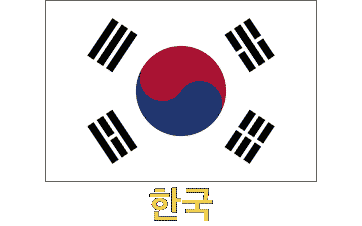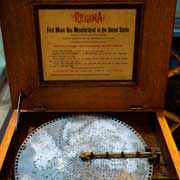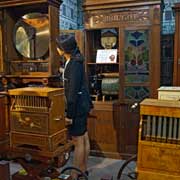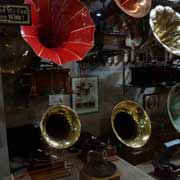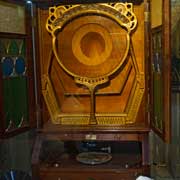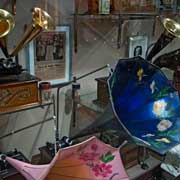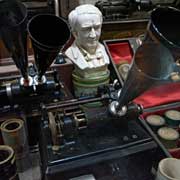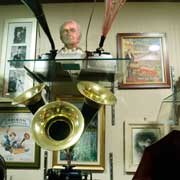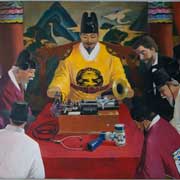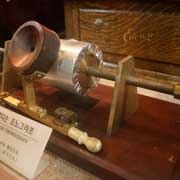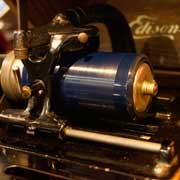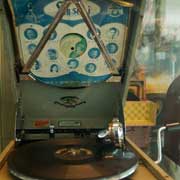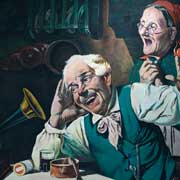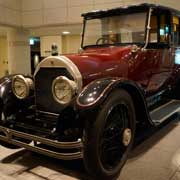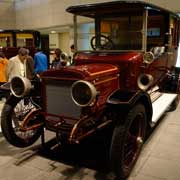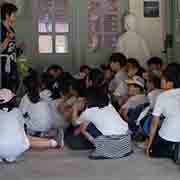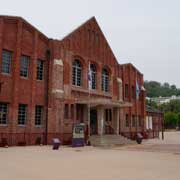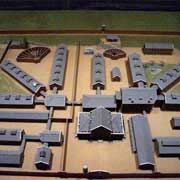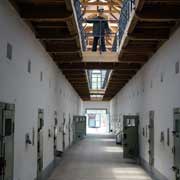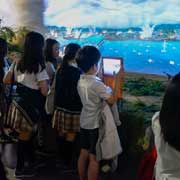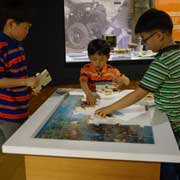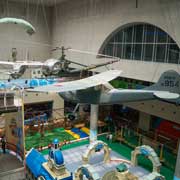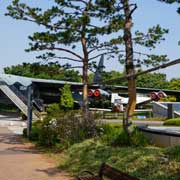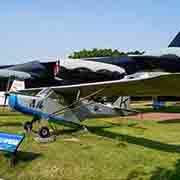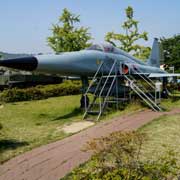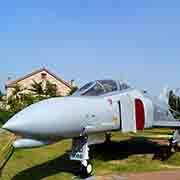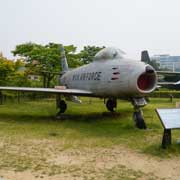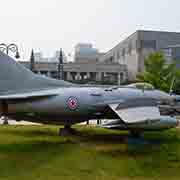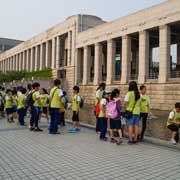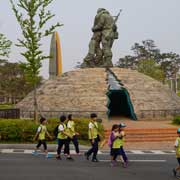Photos of Museums of Technology and War, Korea
Museums of Technology and War
Korea has many museums highlighting technology, 20th-century Korean history and the wars fought on its soil. In the early 20th century, the Joseon era and Korean independence ended when Japan militarily interfered and forced treaties on the country. It first became a Japanese protectorate in 1905 and 5 years later was formally annexed by Japan. Emperor Sunjong, who had acceded to the throne in 1907 when Japan forced his father, Emperor Gwangmu, to abdicate, ruled for three years until Japan abolished the Korean Empire and annexed the country in 1910. He then lived with his wife, Empress Sunjeong, virtually as prisoners in Changdeokgung Palace in Seoul. Their cars are displayed in Seoul’s National Palace Museum of the Gyeongbokgung Palace.
you may then send it as a postcard if you wish.
In Gangneung, on the east coast of Gangwon province, is the unique Charmsori Gramophone and Edison Science Museum, a private collection founded by the collector Son Seongmok, the largest gramophone museum in the world. It has a collection of 4,500 phonographs, 150,000 phonograph records, 1,000 books, and 5,000 items from 20 nations. It displays all kinds of music boxes and gramophones and rare items like a waxroll changer. The Edison Invention Hall displays 850 inventions of Edison’s, including three of his greatest inventions - phonographs, light bulbs and projectors.
Seodaemun Prison, where Korean liberation activists were imprisoned, tortured and executed during the Japanese occupation from 1910 to 1945, is a museum to commemorate those who sacrificed their lives in the fight for Korean independence. And the War Memorial Museum in Seoul, an enormous complex of indoor and outdoor exhibition areas with thousands of objects, photos, and equipment on display, chronicles Korean military history through the ages until the Korean War of 1950–1953, with impressive exhibits and a children’s section to educate the young.


